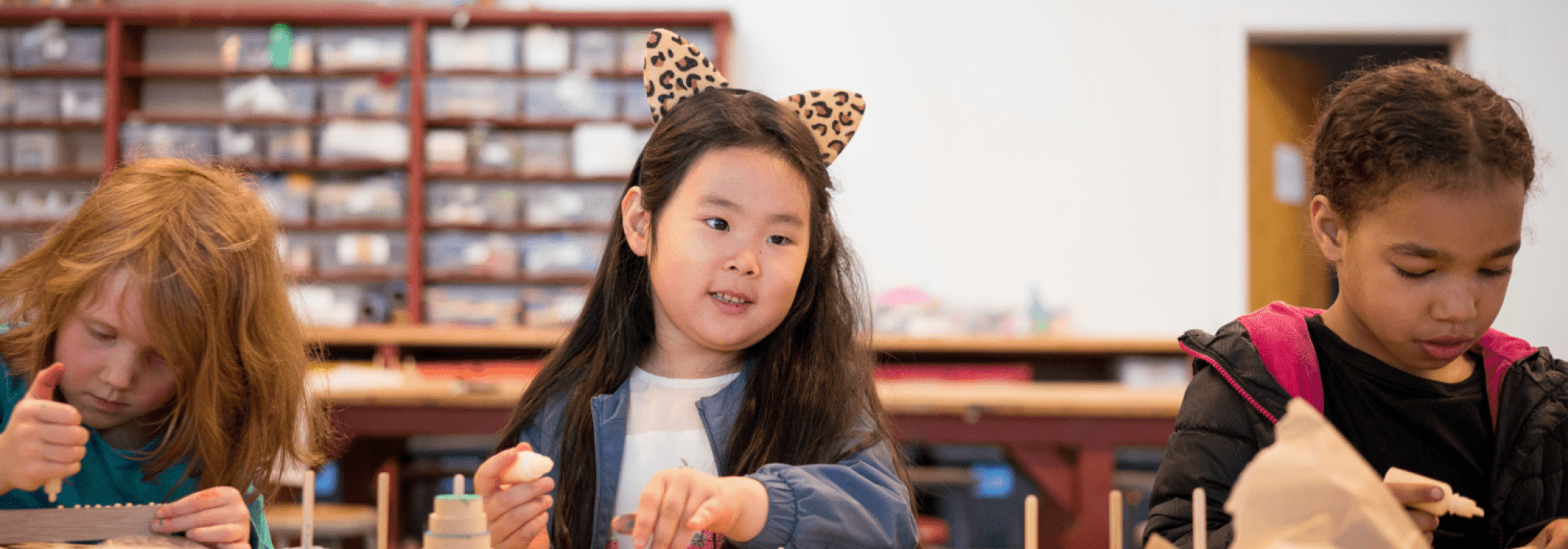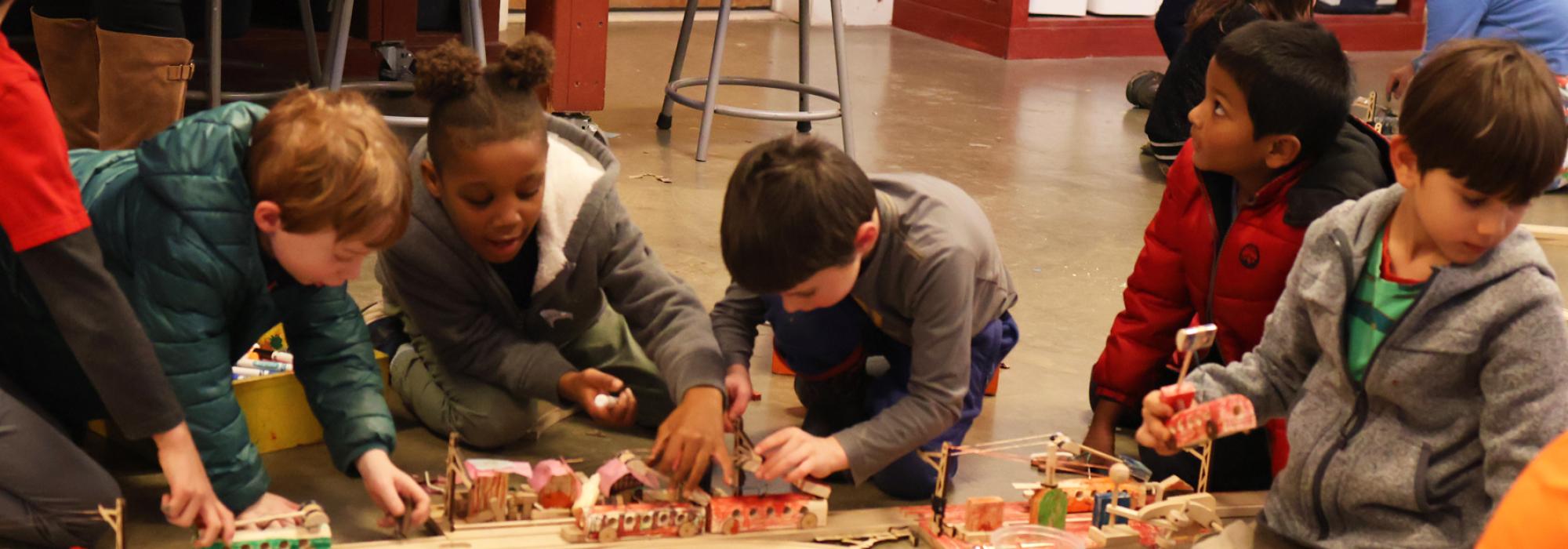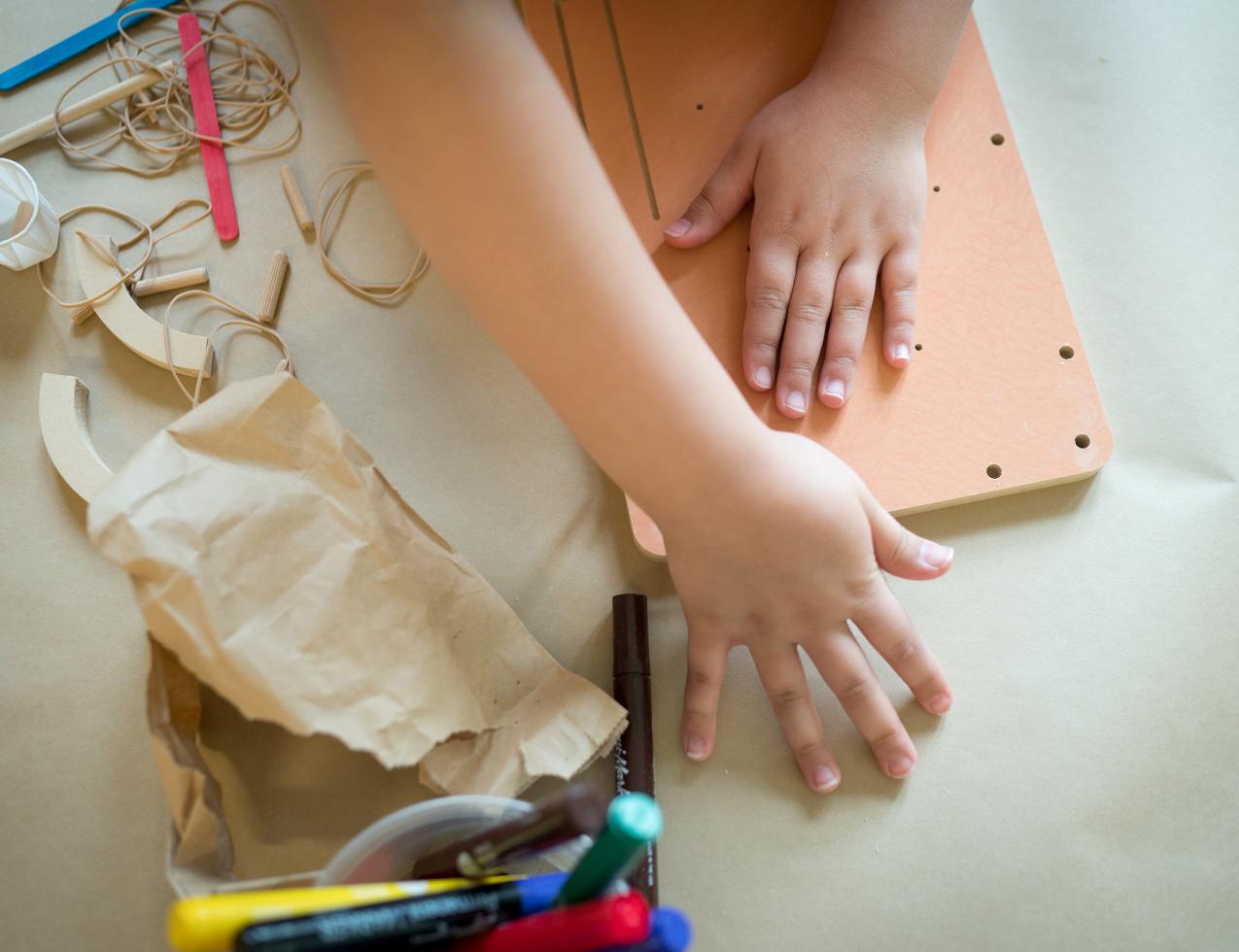Frank Mitchell
Frank Mitchell is a cultural organizer in visual arts and public humanities. His curatorial and interpretive projects include the exhibitions Who Governs; Afrocosmologies: American Reflections; Soulfood: African American Cooking and Creativity; and A Birds-Eye View: Citizen Science & Social Media, the documentary Unsung Heroes: The Music of Jazz in New Haven, and the culinary study African American Food Culture. He has taught at the University of Connecticut, Trinity College, Franklin & Marshall College, and the University of the Arts.




